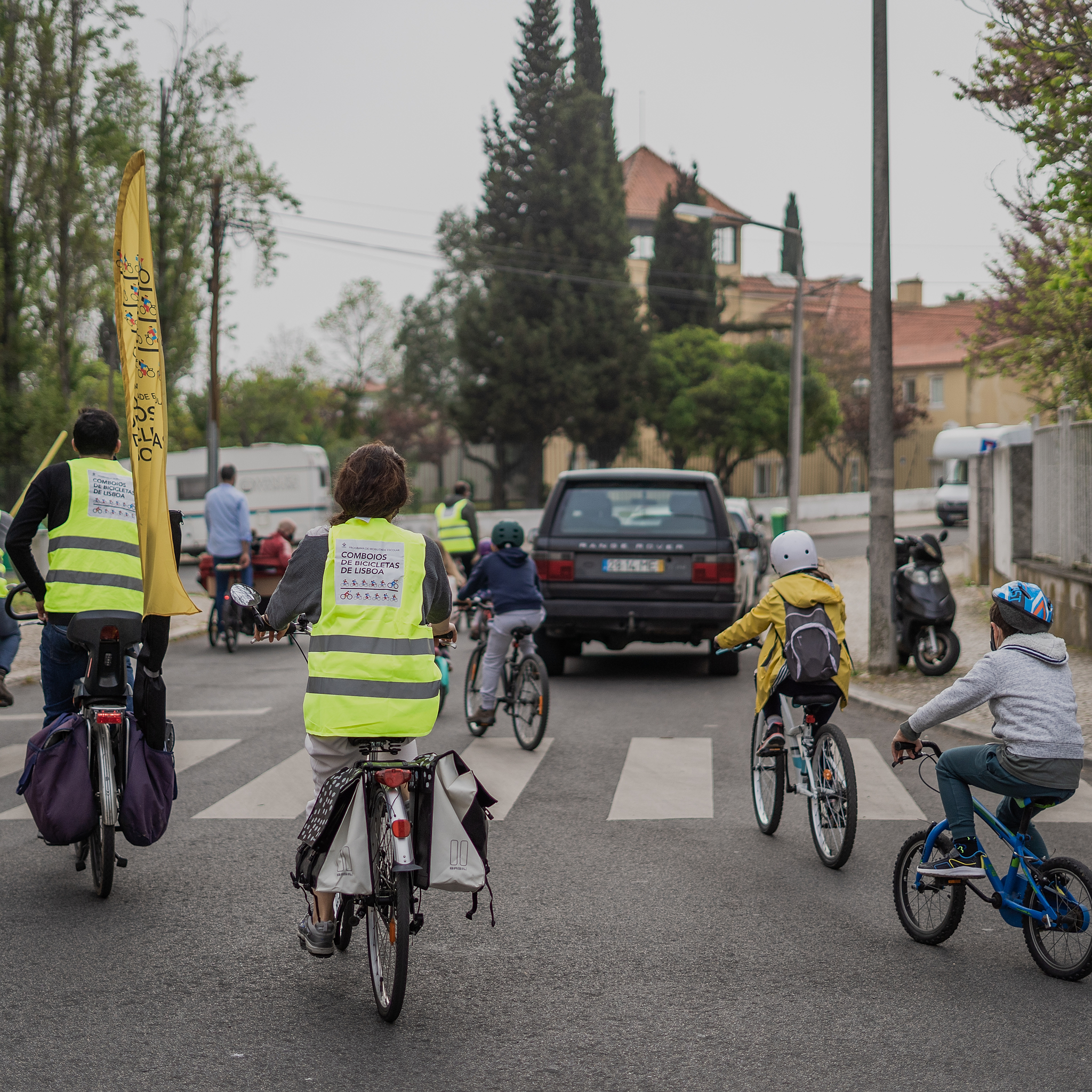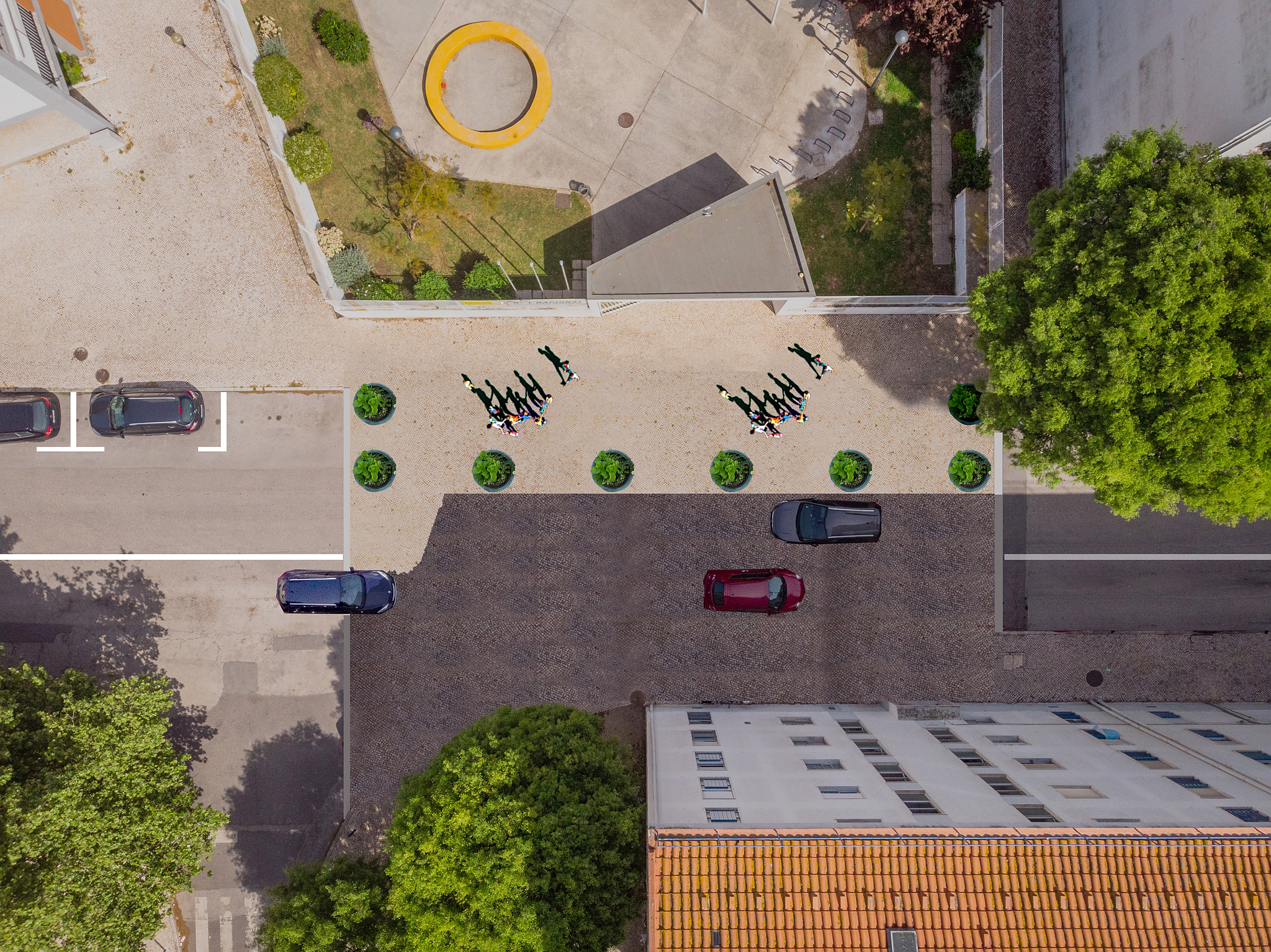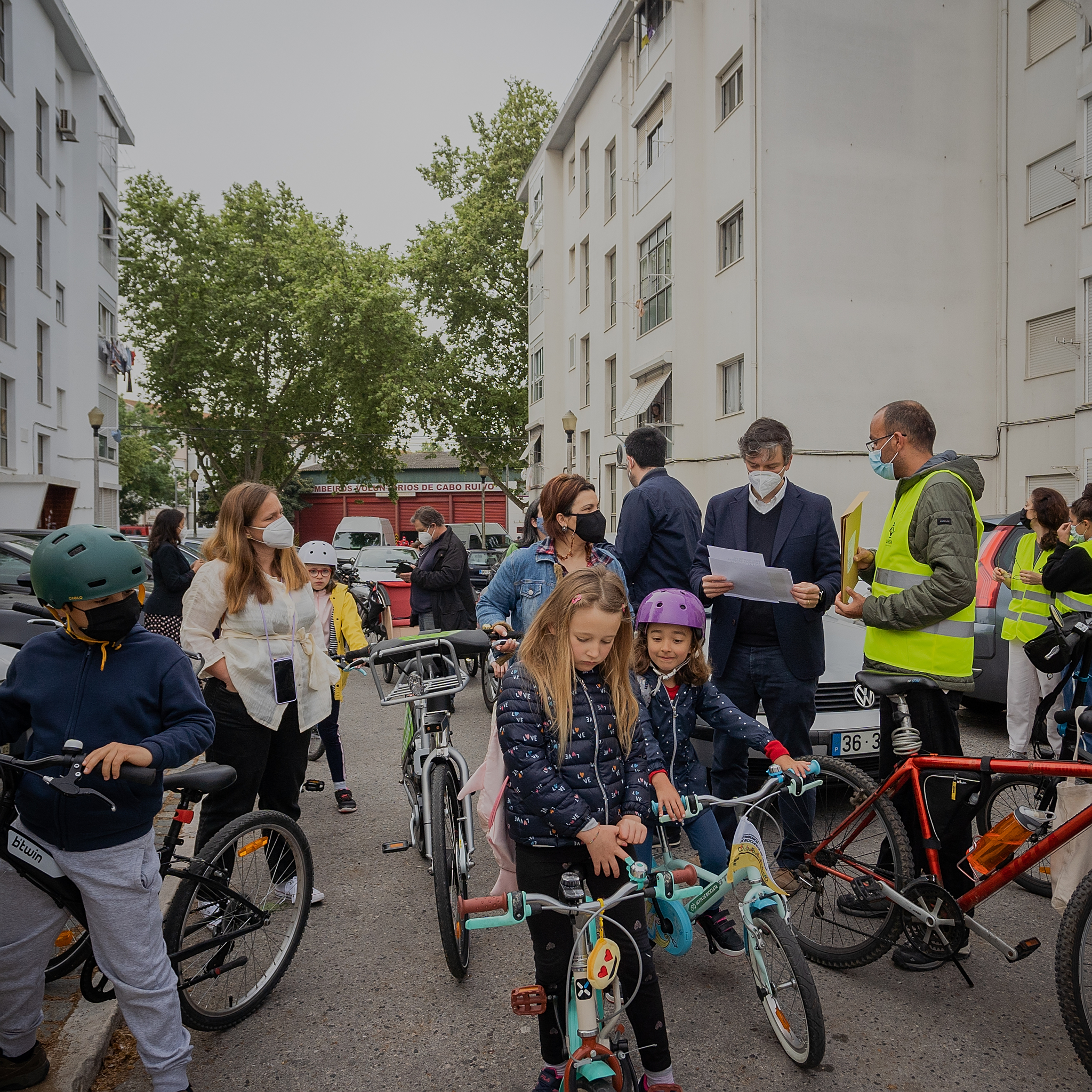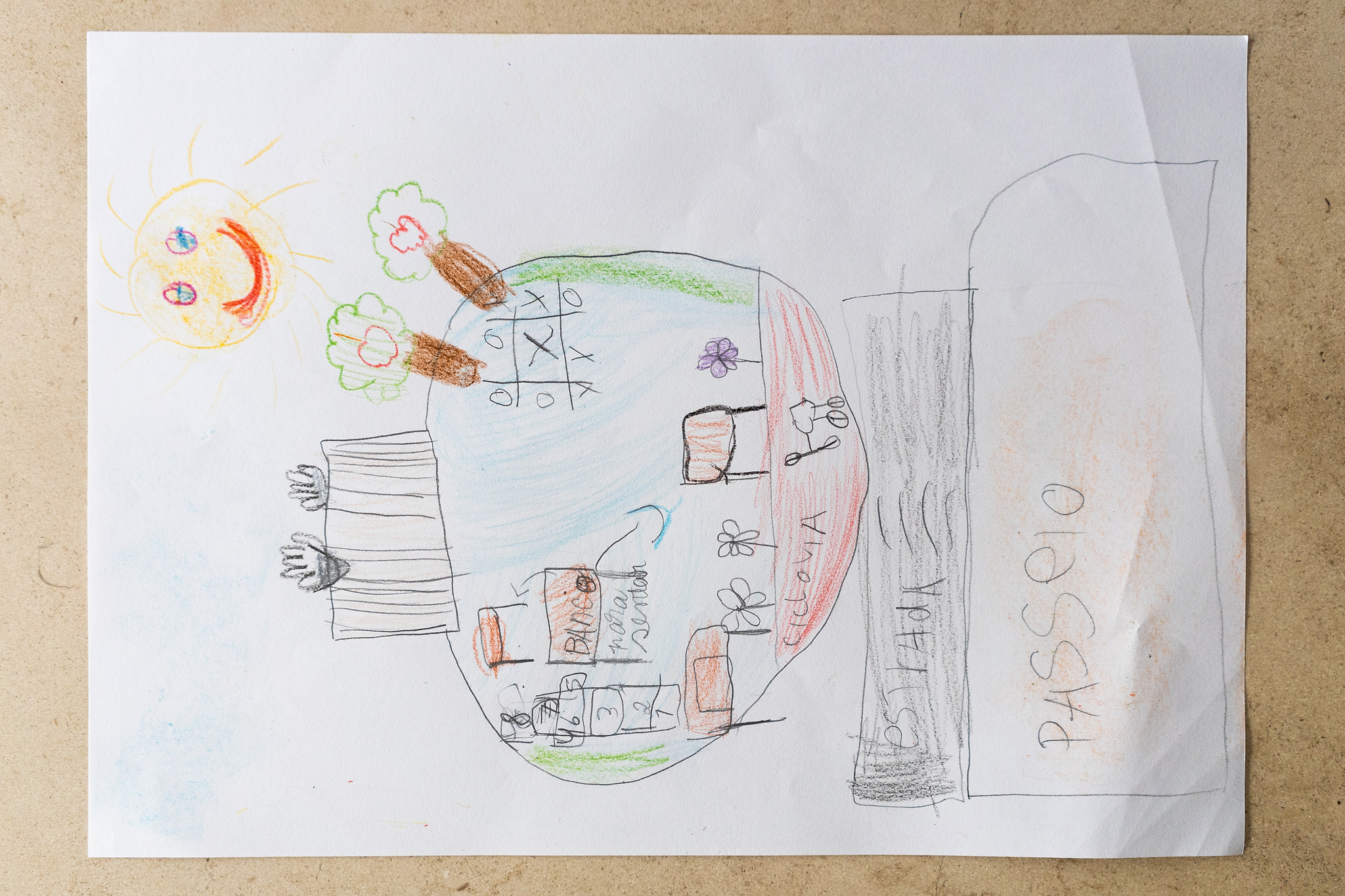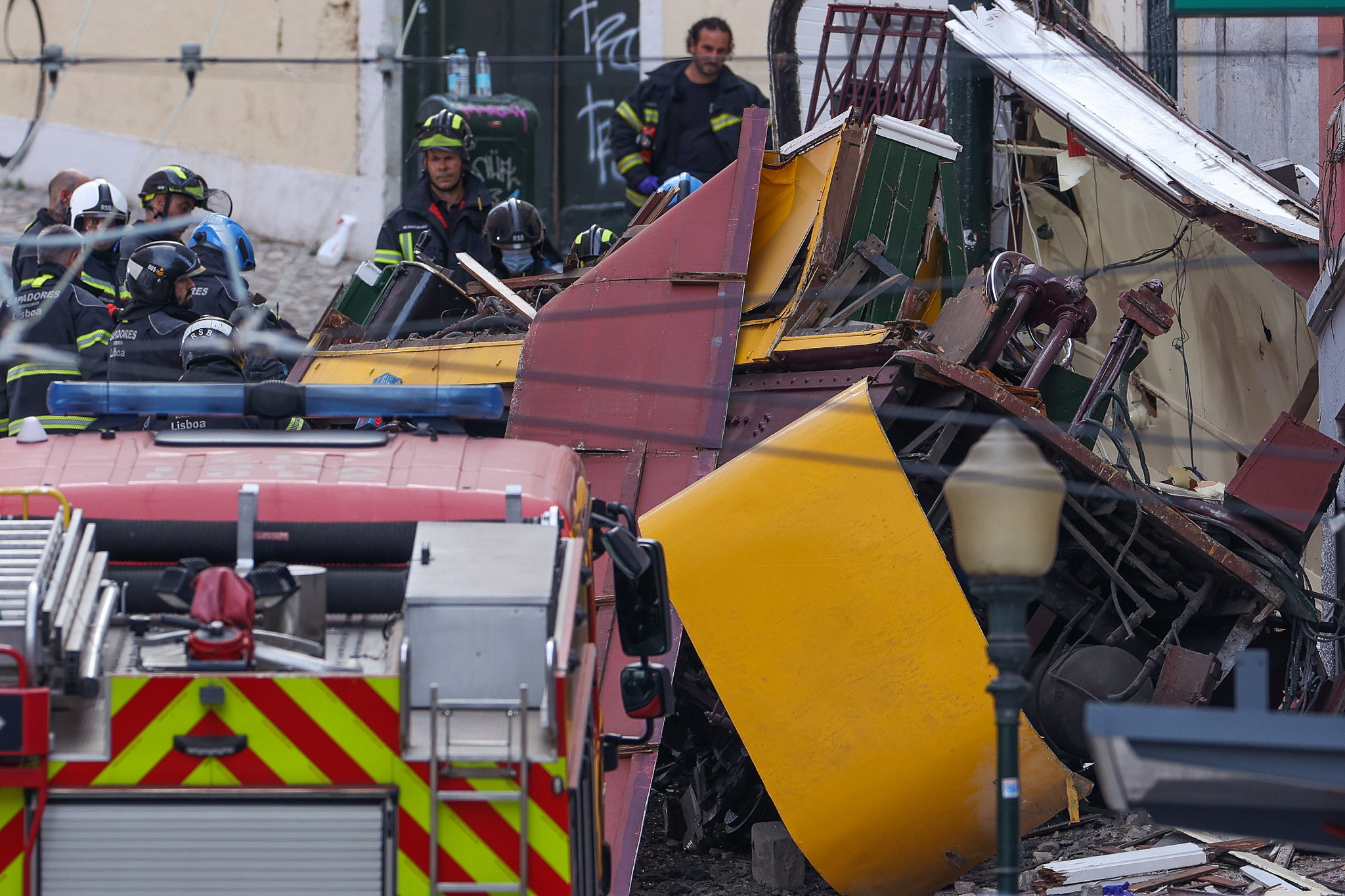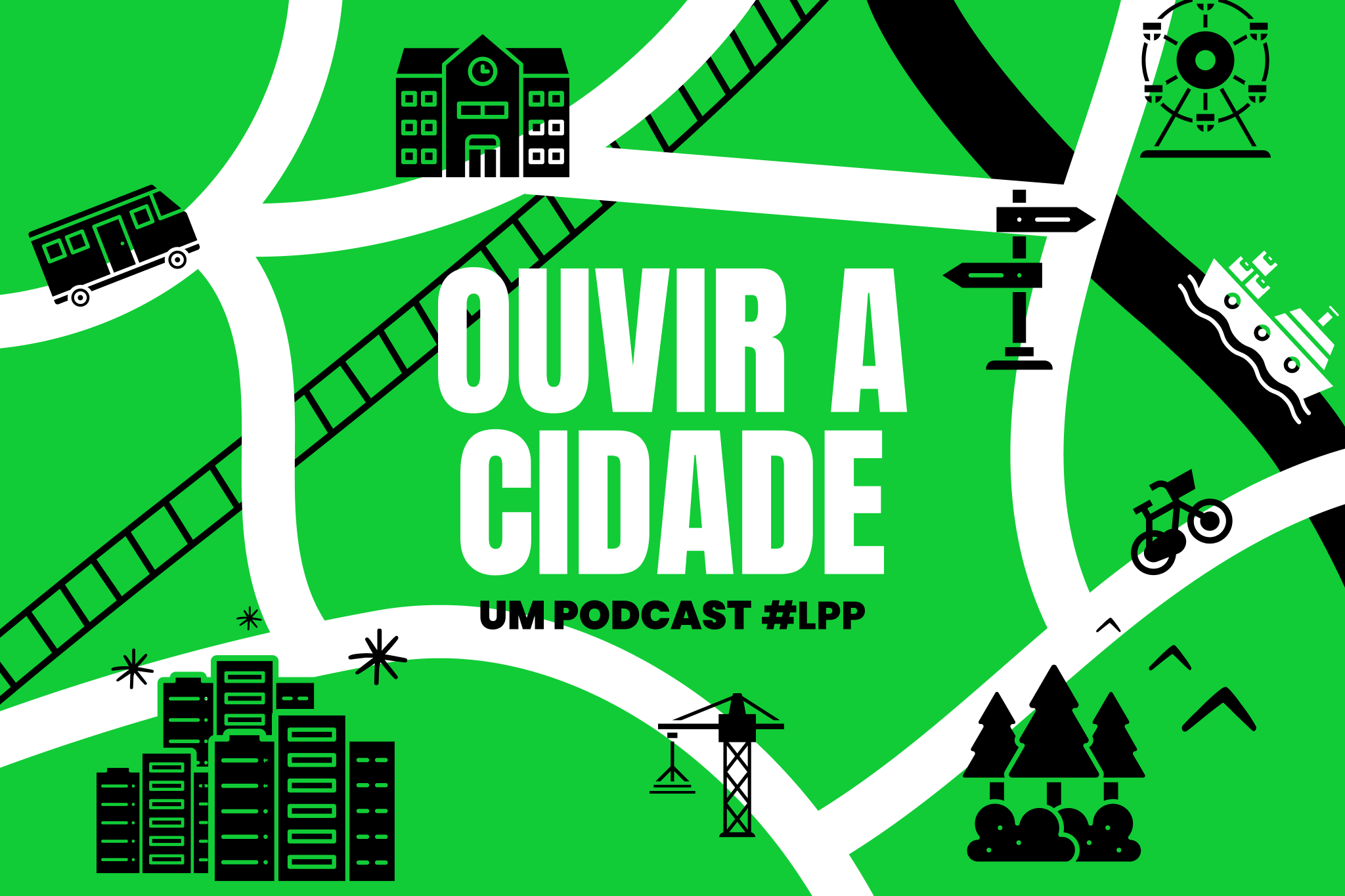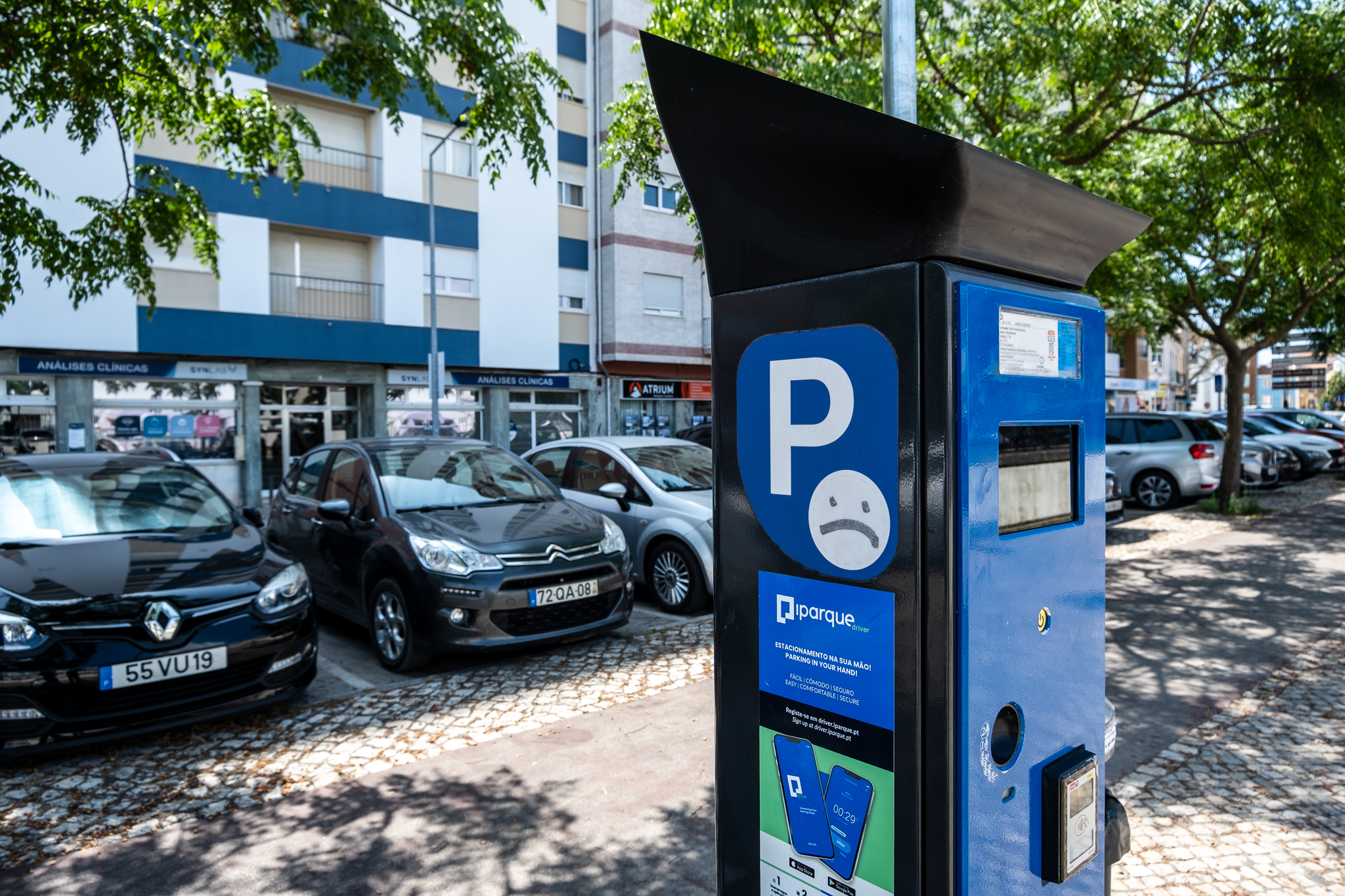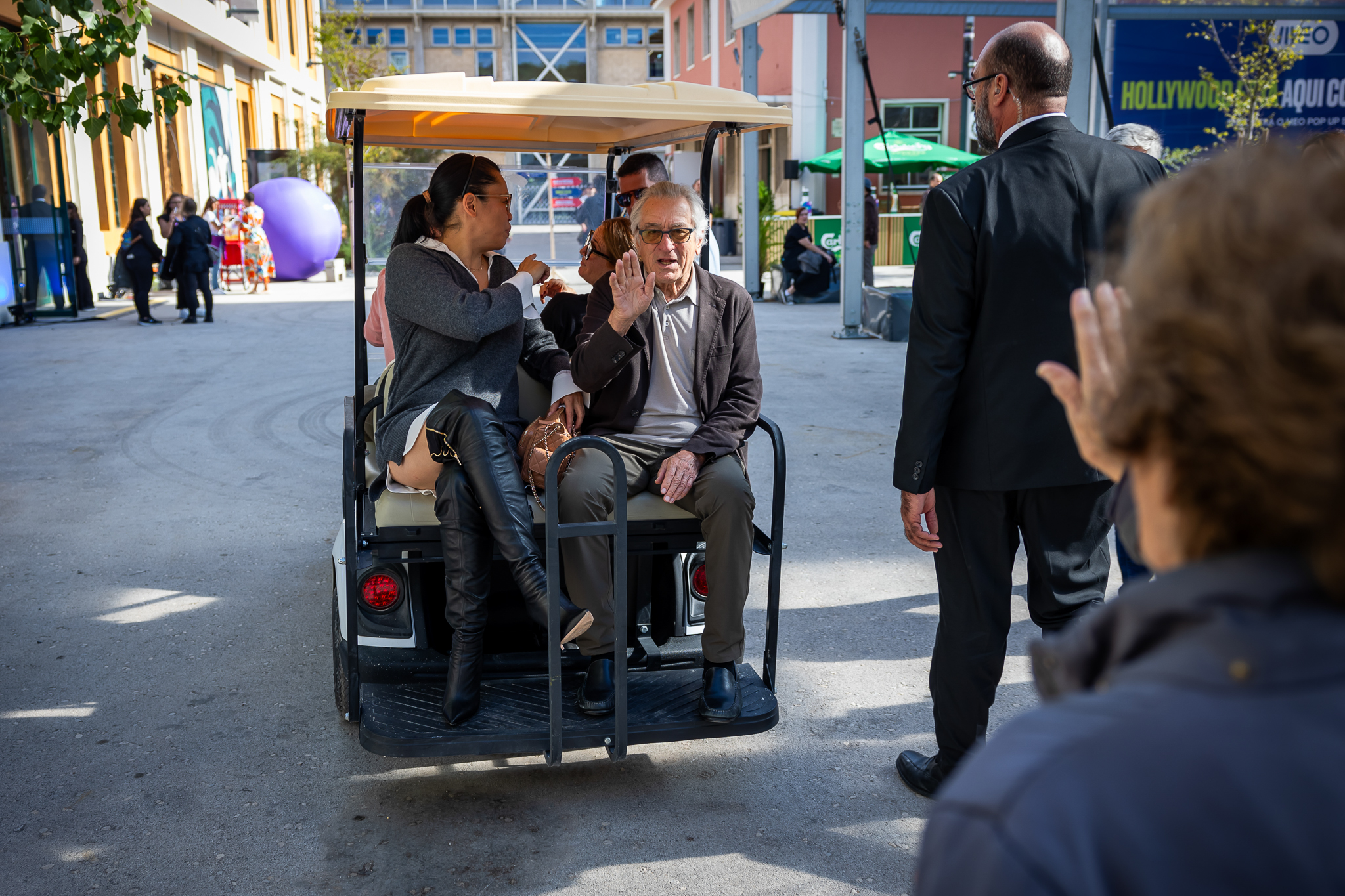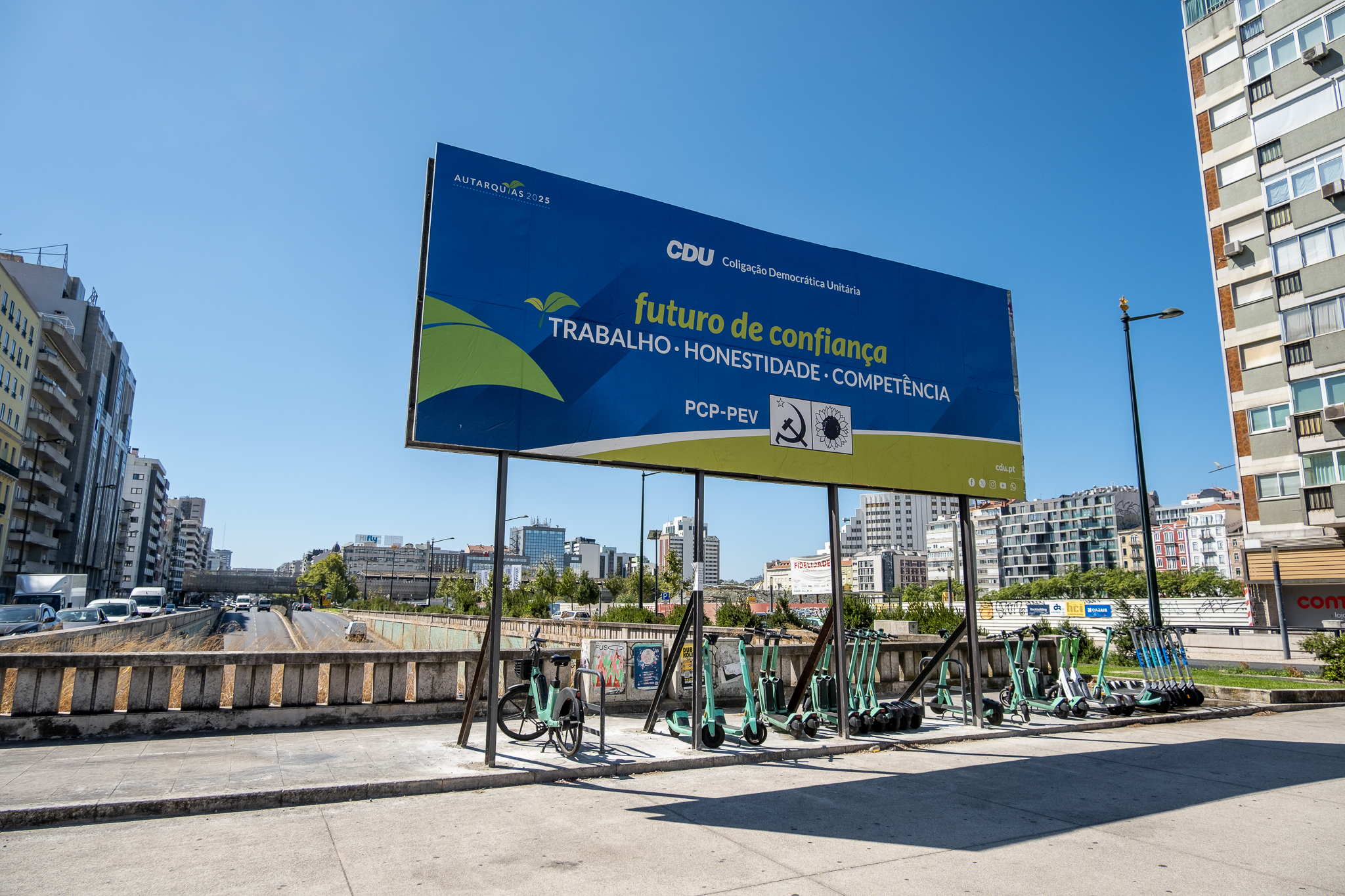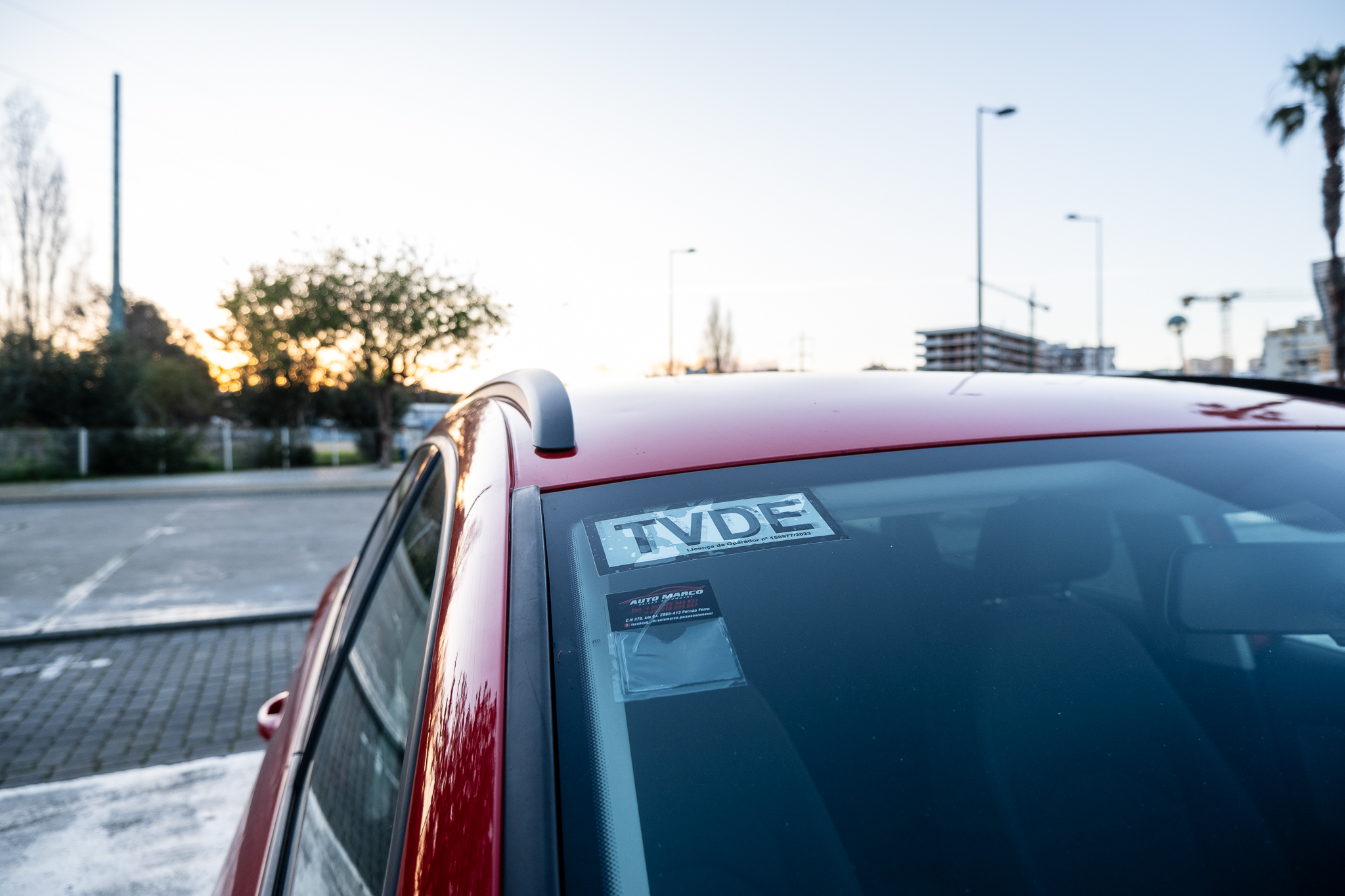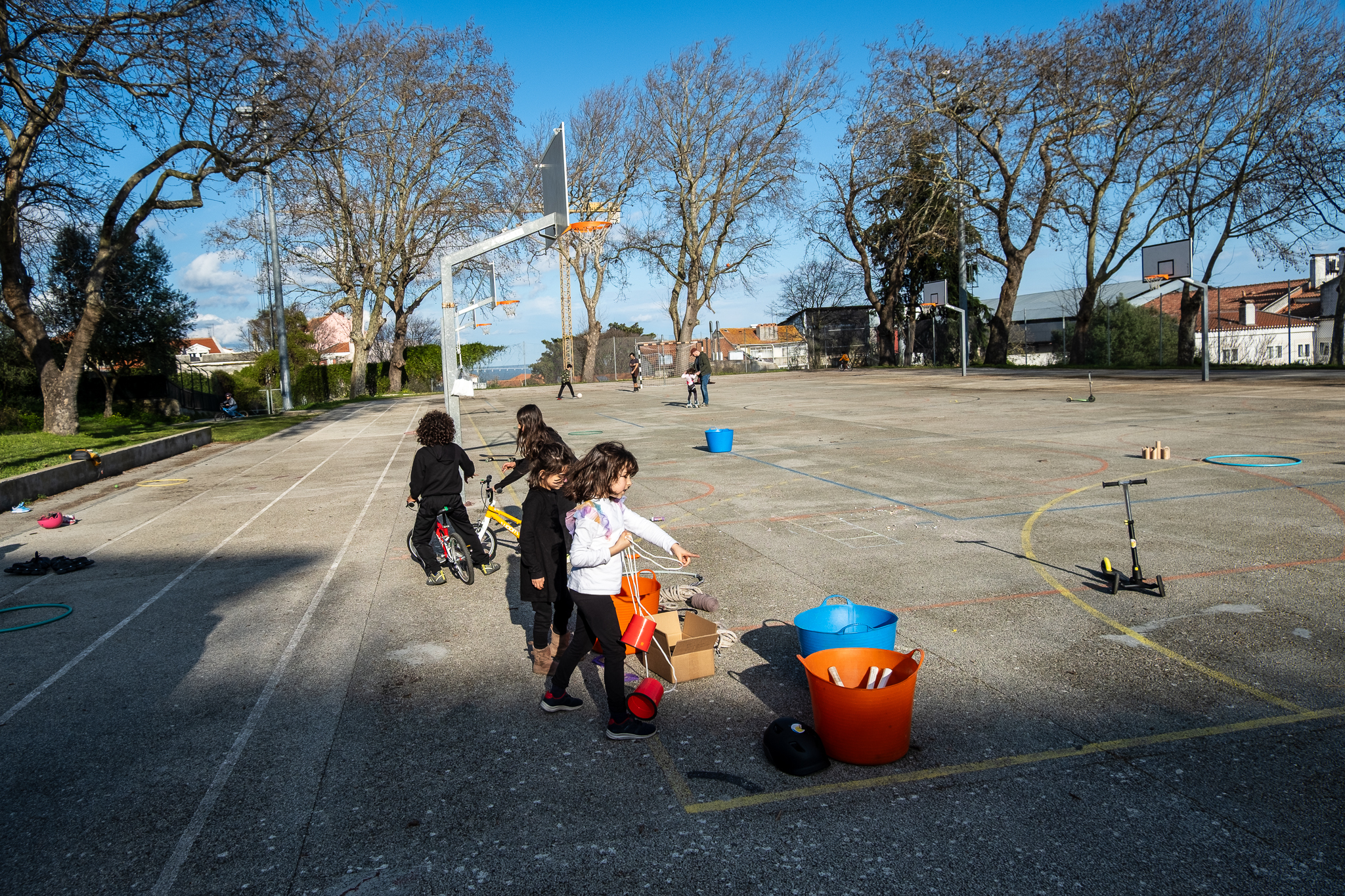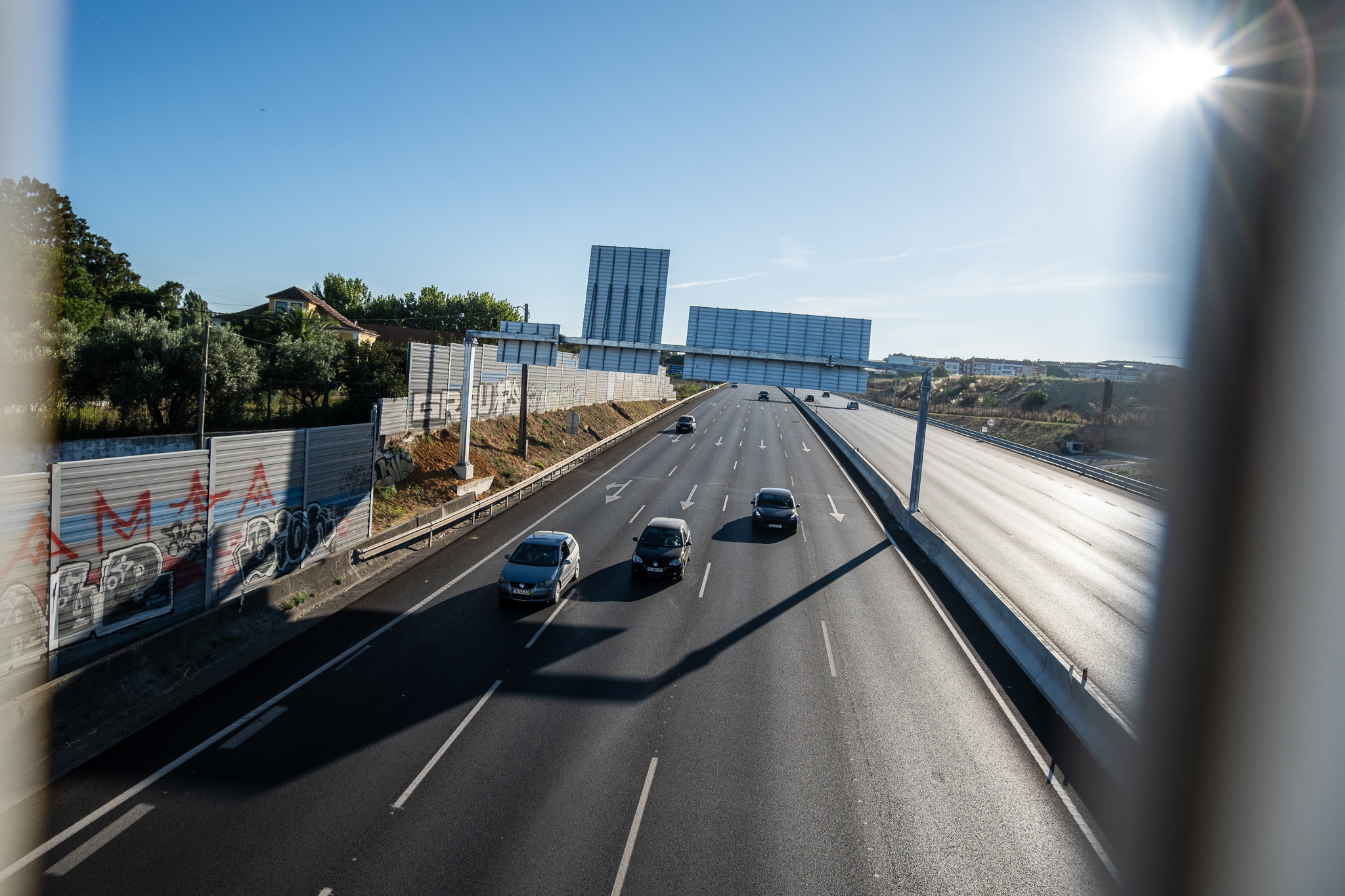
In school mobility, the automobile is king. Nearly 50% of the children said in a survey conducted last October that they go to school by car, 19.0% by public transport, 24.2% on foot and only 1.5% by bicycle. "There are many things left to do, the public space next to the schools greatly limits the safe mobility of children." This is the opinion of the group of parents from Escola Básica (EB) Sarah Afonso, in Olivais, which, at the beginning of April, started a Bike Train on Thursdays. It is the seventh train to circulate in the city, offering children a different and alternative way to go to school.
The Bicycle Trains are a municipal program created at the beginning of this school year, but the City Council is merely a mediator here. The initiative is between parents and children who want to experience the city beyond the car window and who, at least once a week, challenge themselves to try out a different mode of transport: the bicycle. Locally, in each school, some parents and guardians organize themselves and their children to create their own trainwhich, like traditional trains, have schedules, stops, and can have several lines. At the departure point, the train can start with just one or two children, and along the way a group is formed; the route may be accompanied by parents, but there are always at least two volunteer monitors (one in front and one in the back) to ensure the safety of the little ones.
In the first trip of the Bicycle Train of EB Sarah Afonso, the moment was one of celebration but also of concern. A group of parents took advantage of the presence of the Lisbon City Council's mobility councillor, Miguel Gaspar, and the president of the Olivais Borough Council, Rute Lima, to, in a gesture of participative citizenship, propose a different environment for the school. "School entrances, instead of being safe spaces where children can move around without risk, are places invaded by cars that incur dangerous maneuvers and limit visibility, especially when it comes to young children, whose stature is completely obscured by a car."say António, Carla, Filipa, Luís, Cláudia and Catarina, by e-mail to Lisboa Para Pessoas. "For there to be a significant change in the mobility of children, in order to promote pedestrian and bicycle travel, we consider it a priority to rethink the physical characteristics of the school host areas and their insertion into the urban fabric."
The group of parents, all living in Olivais, developed two ideas for the two entrances to EB Sarah Afonso, currently dominated by cars. At the main gate, they advocate a continuous sidewalk that extends into the road, replacing the current raised crosswalks; the idea is that it is the car that invades the pedestrian space, not the other way around. At the second gate, they plan a coexistence zone to increase the area in front of the school, which only residents of the area can access by car: the idea is that parents' cars will not get stuck outside the school.
"The councilman and the president were able to experience firsthand the road insecurity near the entrance gates, which we want to see corrected"they report, mentioning that they both listened to the proposed ideas. "The councilman seemed to remit to the president the responsibility of moving forward with a solution or a desire for a solution. The president said that some of the insecurity is due to abusive parking by some parents. The important thing is that a joint solution is found so that the surroundings of the schools become safe zones."

Initiatives such as Bike Trains, the introduction of bicycle education at school, the expansion of the cycling network, and the installation of secure parking facilities (bike racks) can all contribute to increasing the modal split of the bicycle in the school mobility landscape in the coming years. O train of EB Sarah Afonso is, as mentioned, the seventh to be born in the city. There are two more trains in Parque das Nações, one in Restelo, one in Olivais, one in Telheiras and two between Areeiro and Arroios. Interested school groups just need to organize themselves and to sign up here.
Often, the idea of creating a train in a school arises from seeing others doing it. This was also the case for the fathers and mothers of EB Sarah Afonso who, before creating their trainthey went to take a peek at the one at EB Bairro do Restelo "on a gray winter's day, early in the morning". "We witnessed the happiness of the children, even with some rain mixed in, cycling to school with their friends"The mothers and fathers tell us. "We decided to bring the idea to our community." They asked the municipality for the installation of a bicycle park inside the school and started right away with the trainsfirst in a more informal way.
The success of the Bicycle Trains is not measured in numbers. You see it in their smiles, in the well-being of the little ones, in their energy. It is seen, perhaps, in her drawings. "Some students had a lesson on road safety and drew several pictures of what they would like the outdoor space next to the school to look like", count.
"In some of the drawings we see cars and roads but we also see a lot of bicycles, bike lanes, bike racks, monkey games, rooster games, people on foot... children don't have an instituted, closed idea about mobility and we need to keep showing them that it is possible to get to school in various ways and that they can consider the bicycle as a means of transportation."they say. "If we don't create the conditions for pedestrian and bicycle mobility to be an option, children will not only fail to include people on foot and bicycles in their drawings, they will grow up without equating active mobility as an option." After all, it's the smallest of the bunch.
